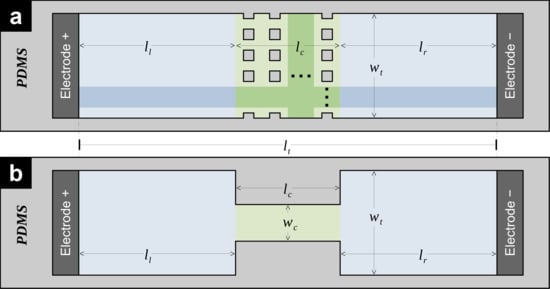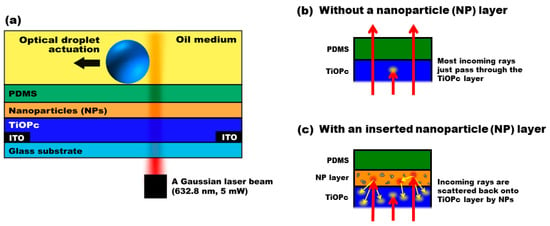Micro/Nanoscale Electrokinetics
A topical collection in Micromachines (ISSN 2072-666X). This collection belongs to the section "C1: Micro/Nanoscale Electrokinetics".
Viewed by 15927Editors
Interests: microfluidics; electrokinetics; magnetofluidics; viscoelasticity
Special Issues, Collections and Topics in MDPI journals
Interests: micromanufacturing; biomanufacturing; carbonaceous materials; electrokinetics; microfluidics; bacteria; composites; healthcare diagnostics; multicultural collaboration
Special Issues, Collections and Topics in MDPI journals
Topical Collection Information
Dear Colleagues,
Micro/nanofluidic chips have found increasing applications in the analysis of chemical and biological samples over the past two decades. Electrokinetics has become the method of choice in these micro/nanochips for transporting, manipulating and sensing ions, (bio)molecules, fluids and (bio)particles, etc., due to the high maneuverability, scalability, sensitivity, and integrability. The involved phenomena, which cover electro-osmosis, electrophoresis, dielectrophoresis, electrohydrodynamics, electrothermal flow, diffusioosmosis, diffusiophoresis, streaming potential, current, etc., arise from either the inherent or the induced surface charge of the solid–liquid interface under DC and/or AC electric fields. To review the state-of-the-art of micro/nanochip electrokinetics, this Topical Collection of Micromachines welcomes all original research or review articles on the fundamentals and applications of any electrokinetic phenomena in both microfluidic and nanofluidic devices.
Prof. Dr. Xiangchun Xuan
Dr. Rodrigo Martinez-Duarte
Collection Editors
Manuscript Submission Information
Manuscripts should be submitted online at www.mdpi.com by registering and logging in to this website. Once you are registered, click here to go to the submission form. Manuscripts can be submitted until the deadline. All submissions that pass pre-check are peer-reviewed. Accepted papers will be published continuously in the journal (as soon as accepted) and will be listed together on the collection website. Research articles, review articles as well as short communications are invited. For planned papers, a title and short abstract (about 100 words) can be sent to the Editorial Office for announcement on this website.
Submitted manuscripts should not have been published previously, nor be under consideration for publication elsewhere (except conference proceedings papers). All manuscripts are thoroughly refereed through a single-blind peer-review process. A guide for authors and other relevant information for submission of manuscripts is available on the Instructions for Authors page. Micromachines is an international peer-reviewed open access monthly journal published by MDPI.
Please visit the Instructions for Authors page before submitting a manuscript. The Article Processing Charge (APC) for publication in this open access journal is 2100 CHF (Swiss Francs). Submitted papers should be well formatted and use good English. Authors may use MDPI's English editing service prior to publication or during author revisions.
Keywords
- electrokinetics
- micro/nanofluidics
- electroosmosis
- electrophoresis
- diffusioosmosis
- diffusiophoresis
- streaming potential/current
- dielectrophoresis
- induced charge electrokinetics
- electrical sensing















